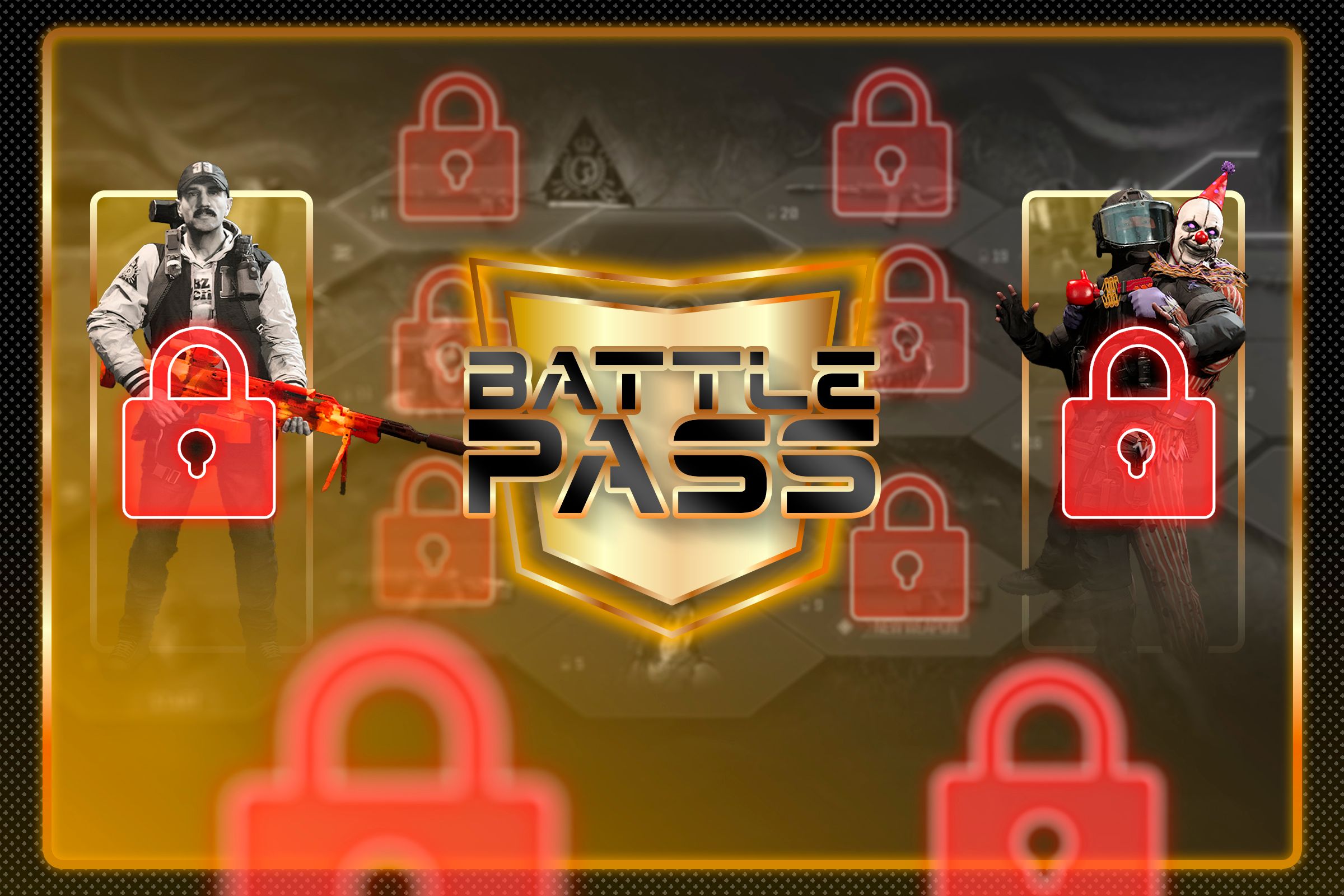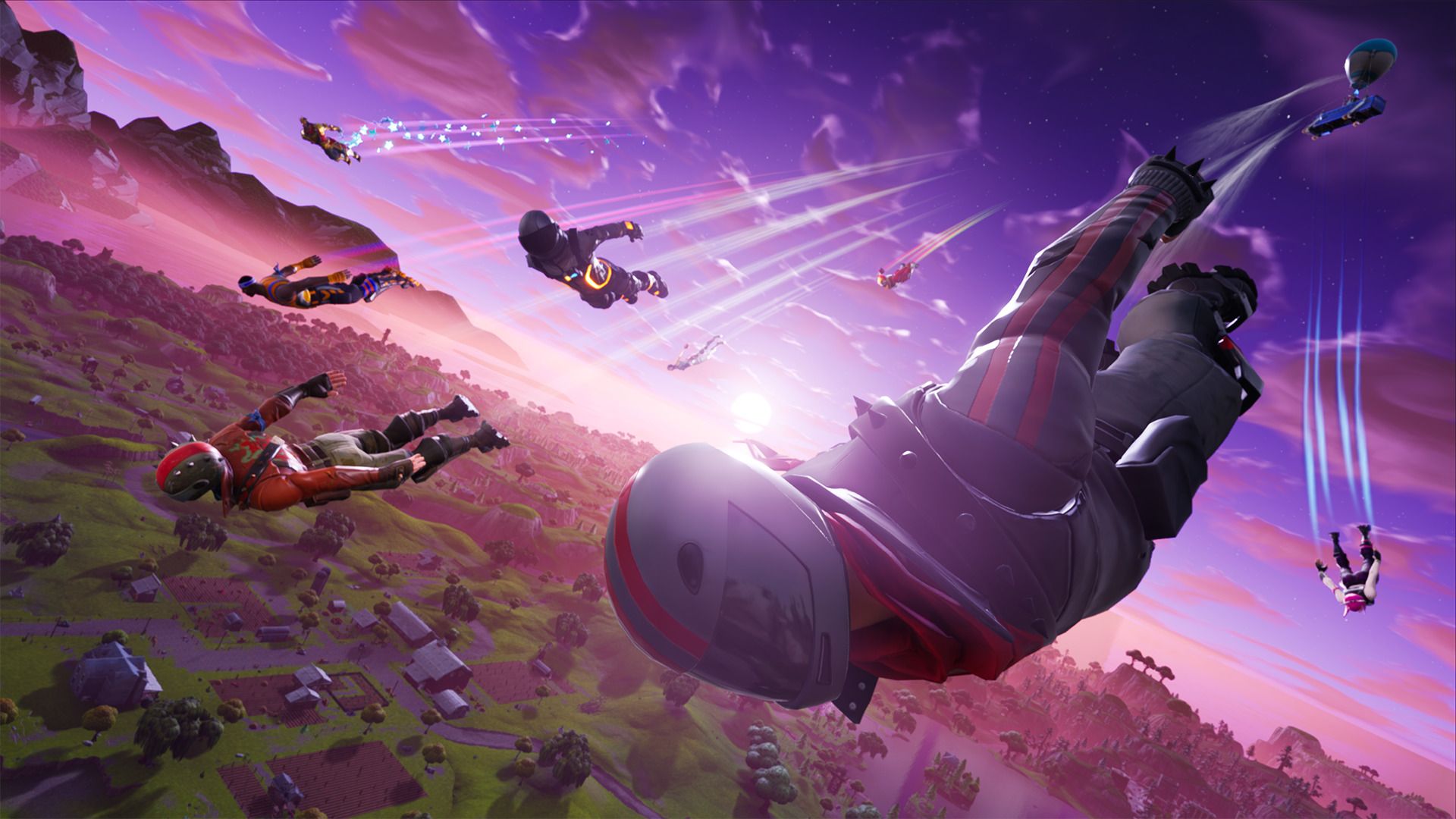When the battle royale genre first started gaining traction, I fell in love with the concept. The intensity and adrenaline of 100 players thrust into an arena, all vying to be the last one left, was unlike anything else. But as time went on, and battle royales began to dominate the multiplayer scene, I found myself growing tired of the formula.
Sometime in the early 2010s, while browsing YouTube, the algorithm served me some DayZ gameplay (the Arma 2 mod, not the standalone), and I was instantly hooked.
At the time, I was exclusively a console gamer, but DayZ fascinated me. A massive open map, the constant threat of enemy players ready to strike from the shadows, and the fact that you only had one life—it was exhilarating. Search & Destroy had always been my favorite mode in Call of Duty, so I guess it makes sense why it spoke to me.
DayZ wasn't technically a battle royale, but the vibes were similar. Then, in 2013, a modder whose name you might recognize—PlayerUnknown—released a full-blown royale-style mod within DayZ. That eventually laid the groundwork for H1Z1 and later, PLAYERUNKNOWN's BATTLEGROUNDS (PUBG).
Meanwhile, I was stuck on console, dealing with serious FOMO and praying that a similar experience would make its way to platforms I could actually play. That prayer was finally answered on September 26, 2017, when Fortnite Battle Royale launched.
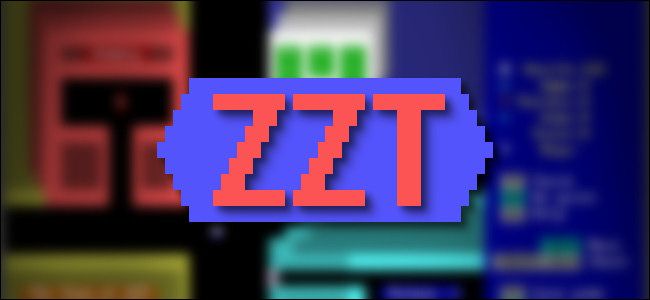
Before Fortnite, There Was ZZT: Meet Epic's First Game
30 years ago, Epic Games released its first game, ZZT. Let's explore how this humble, text-based adventure set the stage for Epic's continued success with Unreal Engine, Fortnite, and beyond.
I Went From Watching to Playing
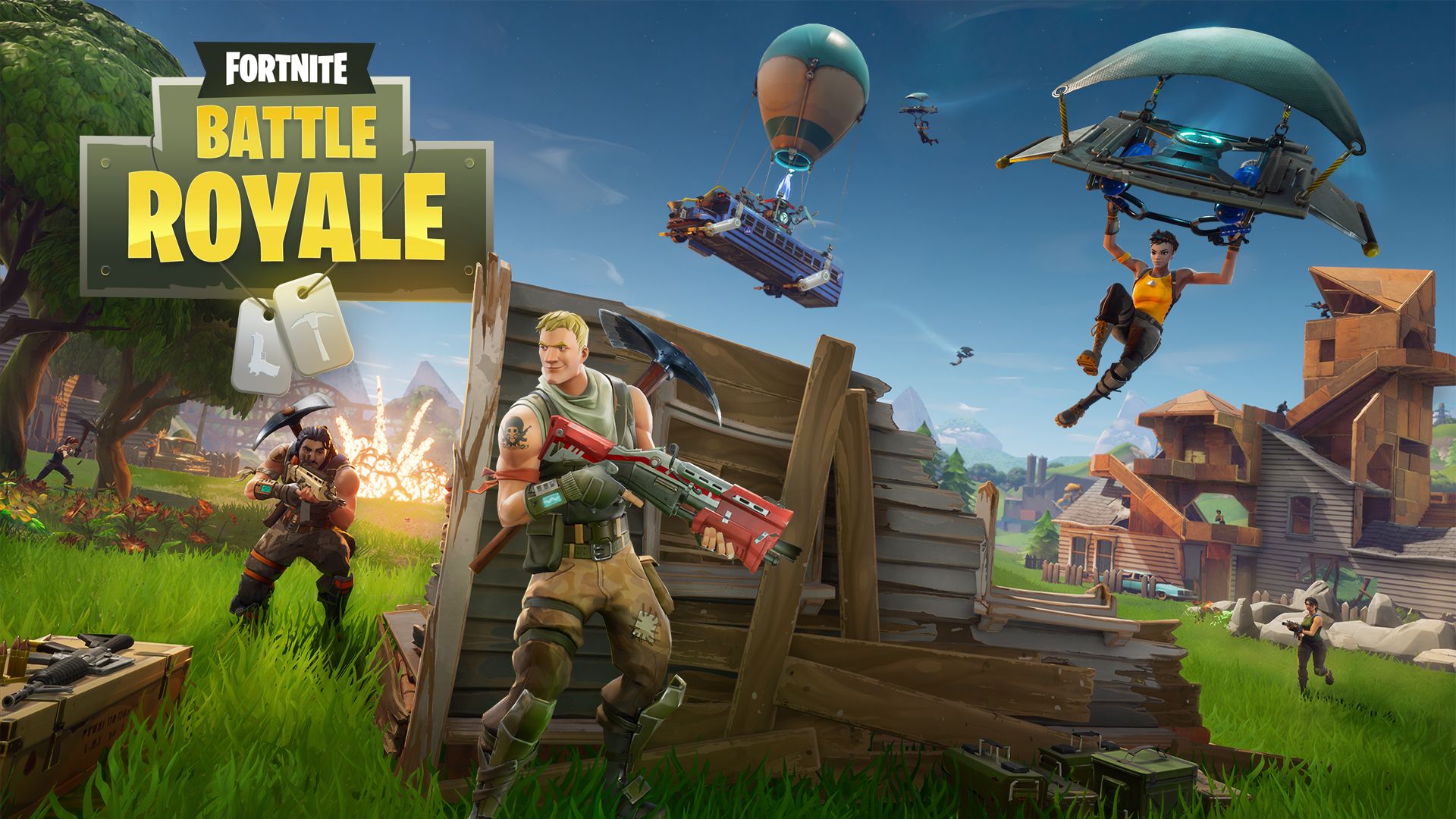
Believe it or not, by coincidence, I had already bought and was playing Fortnite during the summer of 2017 for its Save the World PvE co-op mode. So when the battle royale mode was announced, I was already primed and excited to check it out.
And it was everything I had hoped for. While Fortnite was extremely barebones back then, the thrill of dropping onto an island with 99 or so other players and fighting to be the last one standing kept me on the edge of my seat. I queued up again and again, chasing that elusive Victory Royale.
A few months later, PUBG launched on Xbox, giving me another way to feed my growing appetite for battle royale gameplay. But before long, it really did, as the saying goes, become too much of a good thing.
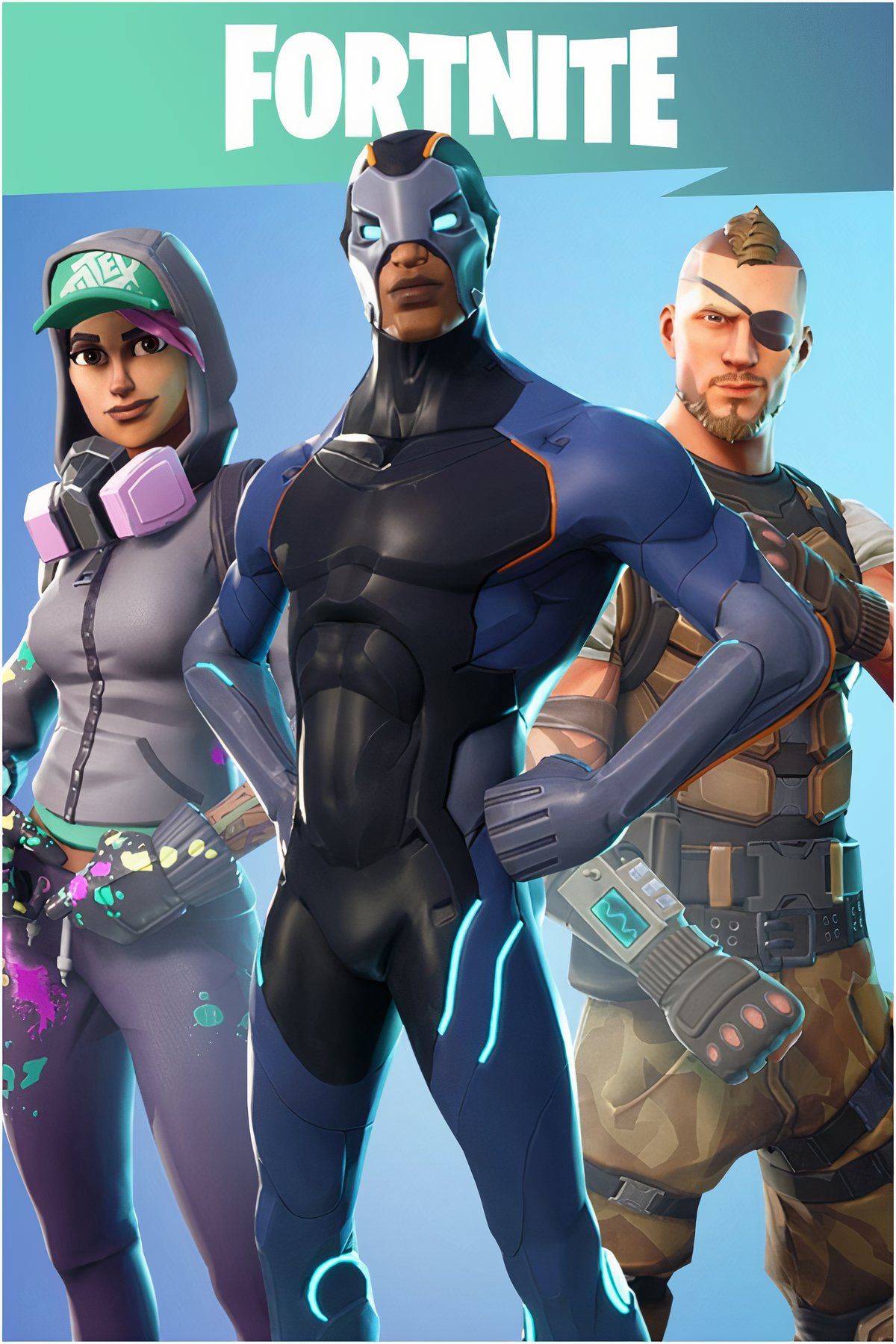
Your Rating
Your comment has not been saved
Fortnite
-

- Top Critic Avg: 84/100 Critics Rec: 94%
- Released
- September 26, 2017
- ESRB
- T for Teen - Violence
- Developer(s)
- Epic Games
- Publisher(s)
- Epic Games
The Honeymoon Phase Wore Off
As more and more battle royales flooded the market—Apex Legends, Warzone, and countless others—I started to see the man behind the curtain. The magic I once felt began to fade, replaced by a growing awareness of the genre's underlying issues. After hundreds of matches, the cracks become impossible to ignore.
Battle royales are notorious for their downtime. Between queuing, waiting in the starting area, flying in on some kind of dropship or aircraft, and finally touching down, you can easily spend several minutes before the real game begins. And depending on your landing spot, it's entirely possible to go even longer without seeing another player, just looting and rotating as the circle closes in.
That wouldn't be so bad if downtime paid off consistently, but too often it ends with a quick death in your first firefight, forcing you to start all over again.
Even the best-designed battle royale maps start to wear thin after a while. Most games in the genre only feature a handful of maps at a time—sometimes just one—and while they may be large and filled with diverse POIs, you're still looping through the same locations with the same objectives: land, loot, rotate, survive. Sure, you can change up your drop location or play more aggressively, but the fundamental gameplay loop rarely changes.
Yes, you could say the same about traditional multiplayer shooters, but the difference is in the pacing. Those modes are usually non-stop action. In battle royales, it's generally just extended looting sessions followed by a few chaotic fights… if you even make it that far.
Battle royales are, by design, unfair. Randomness plays a huge role in loot distribution, circle placement, and engagements. You could drop next to an opponent, and they get a top-tier weapon while you find nothing but grenades and healing items.
Worse still, the genre's infamous "third-partying" encourages ambushes while you're already fighting someone else. Even if you come out on top, a poorly placed circle might force you into a cross-map sprint while other players bunker down and wait for you. With so many variables outside of your control, it can feel like you're relying on luck more than actual skill.
One of the biggest letdowns of battle royale design is how poorly it supports group play. If one of your teammates dies, they're likely stuck spectating unless you can manage to revive them, which is easier said than done. Respawn mechanics like Apex Legends' beacons are great in theory, but in practice, they often become bait. Enemy squads lie in wait, ready to punish any attempt to bring a teammate back.
This means that playing with friends frequently results in one or more people watching rather than actually playing, which just isn't a fun experience when everyone's there to game together.
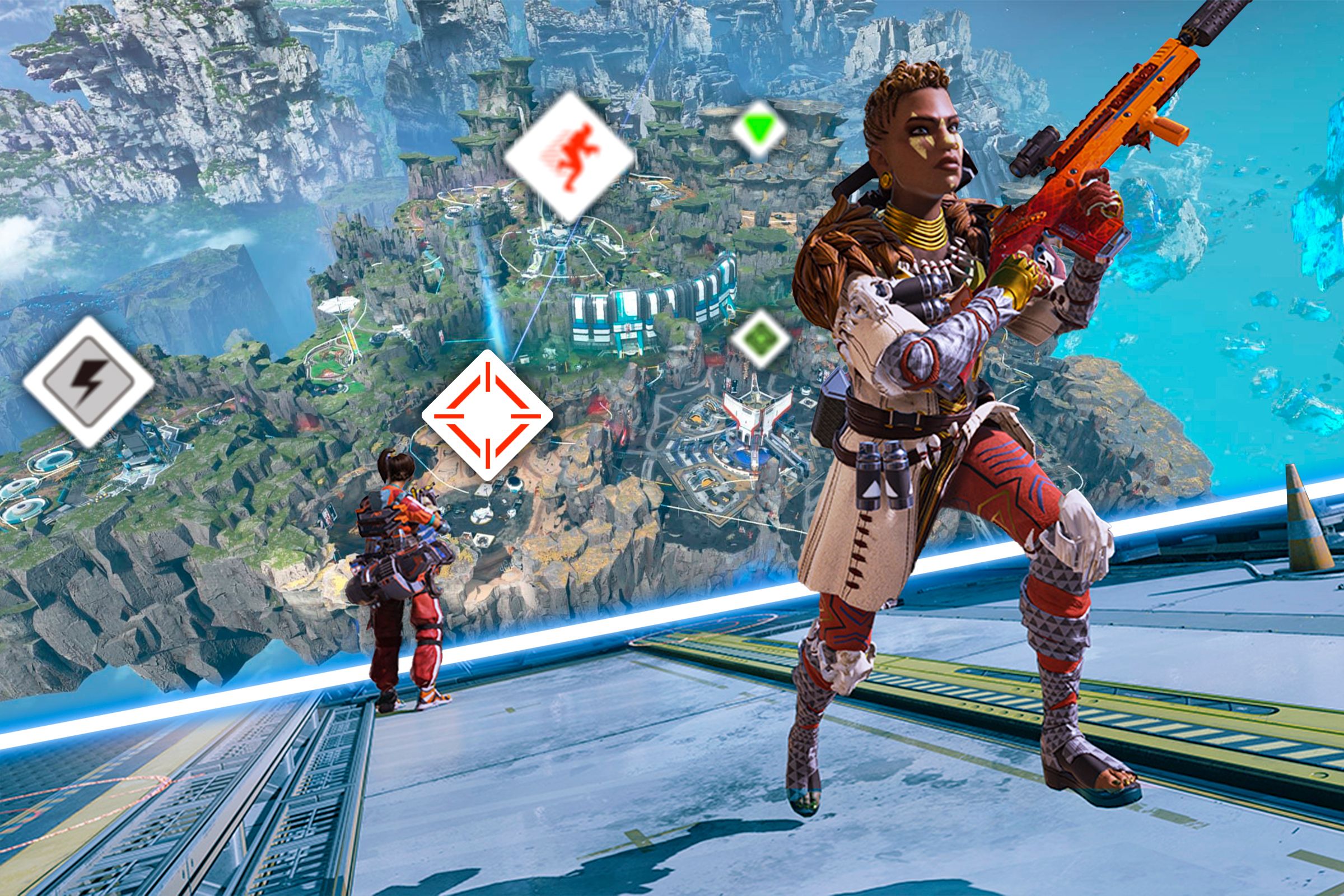
How One Battle Royale Shooter Overhauled Communication in Online Games
All of the communication, none of the voice chat.
I'm Not The Only One Feeling This Way
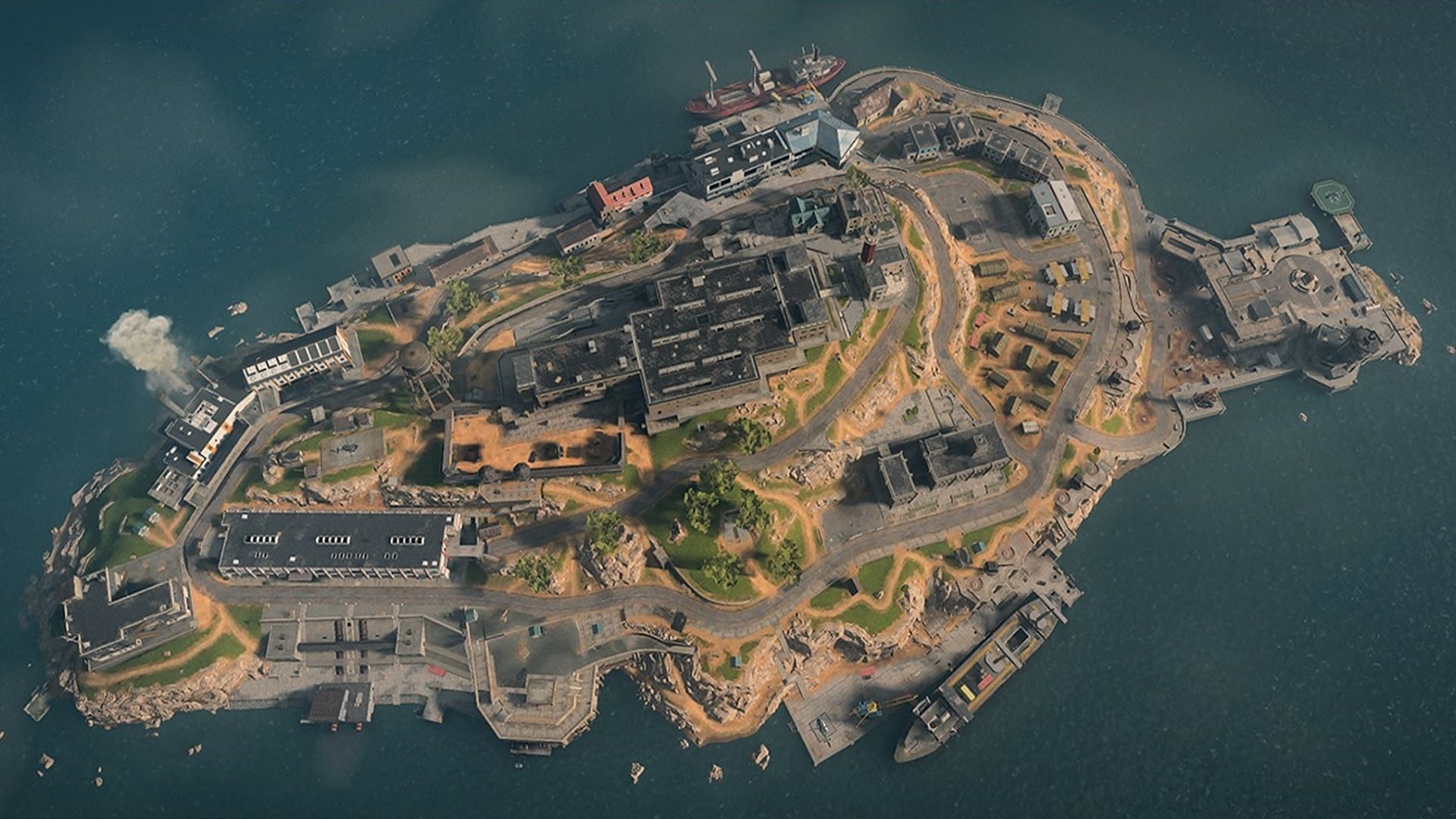
For a while, I thought I was alone in feeling this way. Battle royales have been one of the most popular genres since their inception, so I figured the burnout was a "me" problem. However, recent reports and the moves being made by battle royale developers make it clear I'm not the only one.
According to Newzoo's 2025 PC & Console Gaming Report, the genre’s slice of the total playtime pie shrank from 19% in 2021 to just 12% by 2024.
The data is backed by how the biggest battle royale games are evolving. Nearly every major title in the genre now offers faster-paced alternatives. PUBG, Fortnite, Apex Legends, and Call of Duty: Warzone all feature side modes where you respawn after dying and play on smaller maps that encourage aggressive gameplay. Some of these modes, like Warzone's Rebirth Island, are now just as active as their main game counterparts.
Trends come and go, and it seems the classic battle royale is on its way out.
I still dabble in battle royales from time to time. I'll hop on Fortnite whenever a new season launches, just to check it out. But these days, I find myself spending more of my gaming time in other genres. When I've only got an hour or two to play multiplayer with friends, I'd much rather jump into Marvel Rivals, Black Ops 6, or even an older favorite like Halo: The Master Chief Collection. These games offer a wider range of modes (many of which wrap up in 15 minutes or less), more map variety, and when you die, you're right back in the action. RNG plays a much smaller role, and the competition feels more balanced in structured 4v4 or 6v6 matches, compared to a giant 100-player lobby.
If battle royales are still your favorite, no hard feelings—I get it. They were mine once, too. But now? I'm sick of them.

.png?fit=crop&w=90&h=90)
